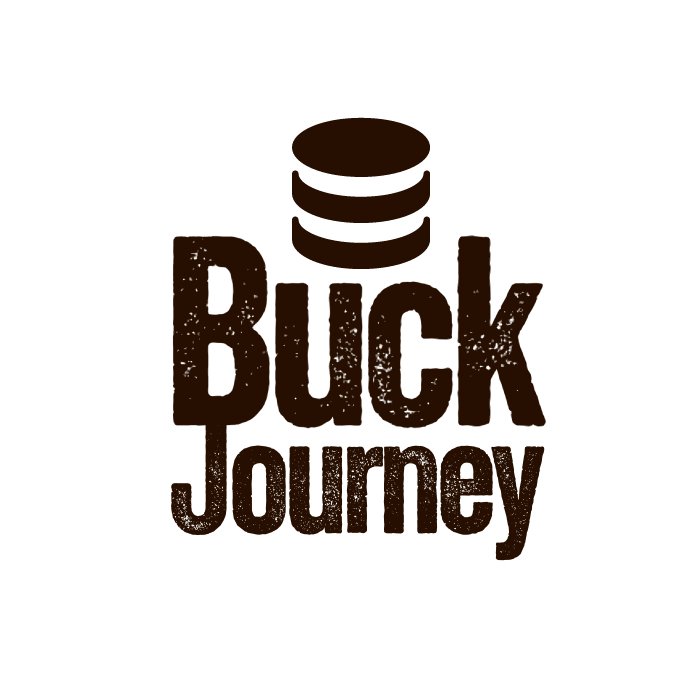In traditional ecommerce setups, the front and back end are intertwined and inseparable with no need for APIs between the two.
Headless ecommerce decouples a website’s front-end from its back-end, providing greater flexibility and scalability. The front-end is the user interface, product pages, and other website elements that users directly interact with.
The back-end is the operational core, controlling shopping carts, order processing, tax calculation, checkout, and more. Shopify headless ecommerce allows businesses to make changes to their front-end without changing the back-end – and vice versa. This results in a customized, scalable, more responsive user experience through APIs that facilitate communication between multiple distinct front and back-end systems.
What is Shopify Headless Commerce?
Shopify headless ecommerce ensures ease of integration with numerous systems including ERP, CRM, PIM, and CMS. With Shopify headless ecommerce, the same backend can power multiple websites, mobile apps, in-store kiosks, points of sale, and IoT devices. This flexibility allows developers to compose a tech stack of their choice based on best-of-breed solutions.
Examples of Headless Websites using Shopify
Let’s take a look at some successful headless websites using Shopify:
1. Pinalli
Italy-based beauty retailer that migrated to Shopify Plus to manage surging sales volume during peak seasons.
2. Daniel Wellington
Sweden-based luxury watches and accessories brand that improved performance and efficiency with Shopify Plus.
3. Babylist
Baby registry that uses a headless ecommerce option combining Shopify’s order management with Contentful’s CMS.
4. Slam Jam
Italy-based street fashion and culture brand that created a fully integrated and multi-channel solution with Shopify Plus and Shopify Point of Sale (POS).
5. BlendJet
Leader in the blender market that enjoyed scalable and reliable ecommerce infrastructure with Shopify Plus.
6. BonLook
Canadian company that sells prescription eyeglasses online and through brick-and-mortar stores, leveraging Shopify headless ecommerce.
7. Skin Inc
Provider of personalized skincare products that adopted Shopify Plus for multiple versions of its website and simplified the process of making changes.
These are just a few examples of successful headless websites using Shopify, each leveraging the flexibility and scalability of Shopify headless ecommerce for sustainable growth and adaptability.










